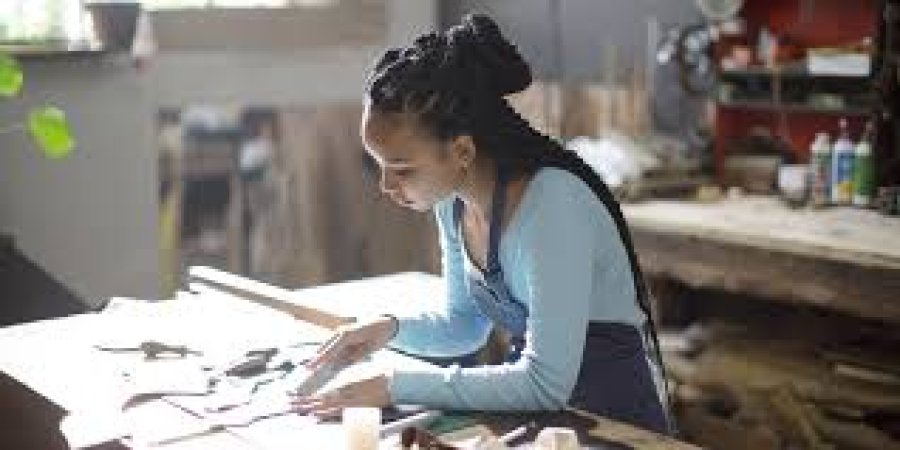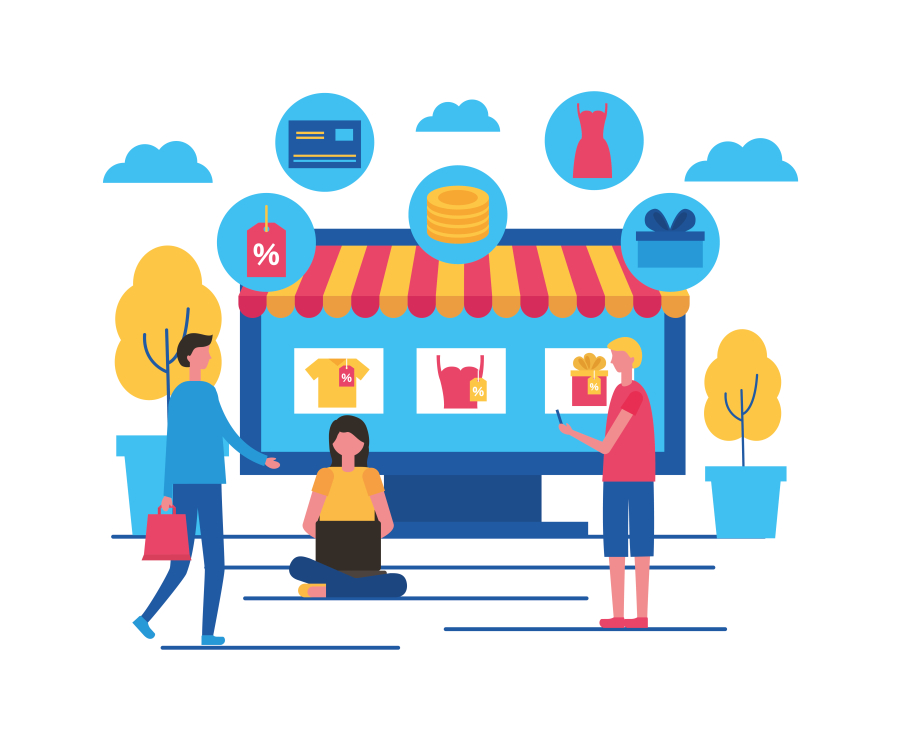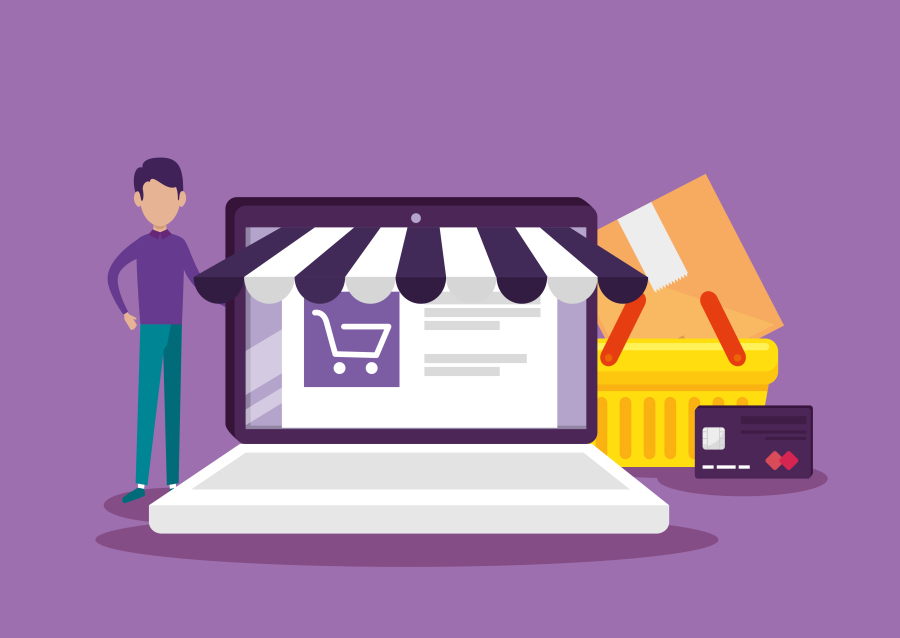How to Keep Improving Your Design Skills
In the highly competitive world of freelance design, standing still means falling behind. Whether you're a seasoned designer or just starting your freelance journey, continuously refining your design skills is essential to stay relevant, creative, and in demand. Design trends shift, software evolves, and client expectations grow—making it critical for creative professionals to adopt a mindset of ongoing learning.
At FreelancerBridge, we recognize that continuous improvement is key to long-term success. This article outlines practical, actionable strategies for freelance designers to improve their skills, expand their portfolios, and increase their value in the marketplace.
Long Description: How to Keep Improving Your Design Skills as a Freelancer
1. Embrace Lifelong Learning Through Online Courses
The design world is constantly evolving. Platforms like Skillshare, Coursera, Domestika, and LinkedIn Learning offer affordable, high-quality courses that teach both technical and conceptual design principles.
Recommended Learning Areas:
Typography and layout
UI/UX design fundamentals
Motion design and animation
Color theory and visual hierarchy
Tools like Adobe Illustrator, Figma, and Blender
Tip: Choose courses that include real-world projects so you can apply what you learn immediately to your portfolio.
2. Practice Daily With Personal Projects
One of the most effective ways to sharpen your skills is through consistent practice. Personal projects allow you to experiment with different styles, take creative risks, and explore ideas without client limitations.
Examples:
Redesign a famous brand’s logo
Create a poster series around a social issue
Design a fictional app interface
Build a complete brand identity for a made-up business
These projects also add valuable content to your portfolio and demonstrate your initiative and creativity to future clients.
3. Join Design Challenges and Communities
Participating in design challenges pushes you out of your comfort zone. Platforms like Dribbble, Behance, and 99designs often host contests that require you to solve specific creative problems within a short timeframe.
Benefits:
Enhances speed and efficiency
Builds resilience under deadlines
Exposes you to feedback from a global audience
Additionally, engaging with design communities allows you to network, collaborate, and learn from others in the industry.
4. Analyze Great Design Work
A critical skill that separates average designers from great ones is the ability to analyze and learn from successful design work.
How to Practice Design Analysis:
Break down why a particular design is effective
Study color schemes, fonts, and layout structure
Follow industry award winners and top creative studios
Start a swipe file of your favorite pieces and refer to them when brainstorming ideas or solving design problems.
5. Master the Business Side of Design
Improving your skills as a freelancer goes beyond just creativity. Understanding the business aspects of design will help you charge better rates, manage clients more effectively, and build a sustainable career.
What to Learn:
How to price your services based on value, not time
Creating compelling proposals and portfolios
Communicating design rationale to non-designers
Understanding client objectives and aligning design accordingly
This makes you a strategic partner, not just a service provider.
6. Keep Up With Design Trends and Technologies
Every year, new design trends emerge and technologies shift. Staying updated ensures that your work feels modern and relevant.
Ways to Stay Current:
Subscribe to design blogs and newsletters (Smashing Magazine, CreativeBloq)
Follow thought leaders on LinkedIn and Twitter
Attend virtual webinars, conferences, and live streams
Just be cautious not to chase trends blindly. Instead, use them as inspiration and adapt them to suit your client’s brand or your own creative direction.
7. Request Feedback Regularly
Getting feedback is essential to growth, especially from other designers or creative directors who understand the technical side of your work.
Sources of Feedback:
Design mentors or online critique groups
Former clients or collaborators
Online platforms like Reddit’s design communities
Important: Learn how to interpret constructive criticism and use it to refine your designs without taking it personally.
8. Build and Refine a Versatile Portfolio
A good portfolio is not just a collection of pretty images. It should show your problem-solving abilities, your design process, and the results your work has delivered.
Portfolio Best Practices:
Include case studies with clear before-and-after comparisons
Highlight your role in collaborative projects
Tailor your portfolio for the type of clients you want to attract
Make it easy to navigate, especially if it’s a website
Update your portfolio regularly to reflect your most recent and relevant work.
9. Learn New Tools and Plugins
Each design software has a learning curve, but new tools and plugins can dramatically improve your speed and creativity. Keep exploring and mastering new digital tools as part of your improvement plan.
Examples:
Procreate for digital illustration
Figma plugins for faster prototyping
Notion or Trello for managing design projects
Tool proficiency is often what separates junior designers from high-earning experts.
10. Consider Mentorship and Peer Collaboration
Working alone as a freelancer can be isolating. Joining forces with others, either through collaboration or mentorship, offers new perspectives and accelerates learning.
How to Find Opportunities:
Offer to collaborate with other creatives on joint projects
Join Slack or Discord channels for designers
Approach experienced professionals for mentorship in exchange for assistance or design support
Learning through others' experience often saves years of trial and error.
Conclusion
Becoming a top-tier freelance designer isn’t about mastering a single tool or technique. It’s about developing a mindset of continuous improvement, embracing challenges, and constantly adapting your skillset to meet changing industry demands. By investing in online learning, practicing consistently, analyzing top-tier work, and refining your business acumen, you position yourself for long-term freelance success.
At FreelancerBridge, we’re dedicated to helping designers evolve—not just creatively, but also professionally. Implement the strategies outlined in this guide, and you’ll not only improve your design skills but also enhance your earning potential and career satisfaction.


 by Emily
by Emily




